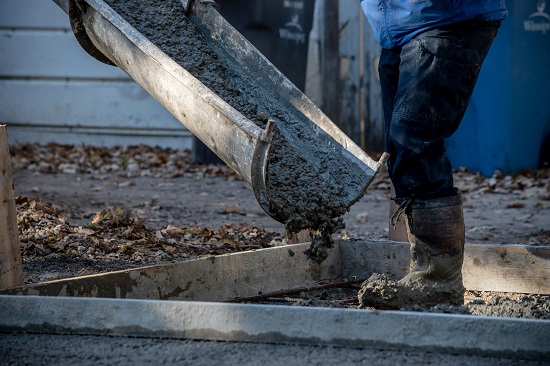 Friday, October 4, 2024
Friday, October 4, 2024  Friday, October 4, 2024
Friday, October 4, 2024 
Many people in the concrete industry still think that high strength cures all. This is, unfortunately, not true. High-performance concrete is certainly a tempting solution for increasing your concrete’s abrasion resistance. After all, its high compressive strength does make it tough and durable against abrasion. And it’s not even that hard to make. Increase the cement content. Keep the water-cement ratio low. Maybe add some silica fume. And the test results are pretty decent.
Sounds pretty good, right?
Well, don’t get too eager! High-performance concrete may have some benefits, but they come at a price.
To delve into that aspect, we first need to talk about the two main methods for creating high-performance concrete: adding silica fume and adding extra cement. Both are popular ways of strengthening concrete, but neither are efficient for increasing concrete abrasion resistance.
So, let’s say you want to go with the silica fume route. What are the likely results?
According to a study done by the Amirkabir University of Technology in Iran and the Yamaguchi University in Japan, the results are not overly impressive when it comes to silica fume increasing abrasion resistance.
As expected, however, they did see good results for it increasing compressive strength. For instance, when adding 10% more silica fume to a concrete mix, the study’s researchers noted that the mix’s initial 35 MPa (5,000 psi) jumped to 50 MPa (7,000 psi).
To determine the impact that silica fume had on the abrasion resistance of this concrete, the researchers conducted a modified version of the ASTM C418 test method. That allowed them to measure the mass loss of their 40-day concrete samples, showing an increase in compressive strength. And for every percent increase, there was a 0.33% increase in abrasion resistance. That eventually led to a maximum increase of about 13%.
This is certainly an improvement in a mix’s abrasion resistance. But it is a minor one.
Keep reading this blog on Kryton.com